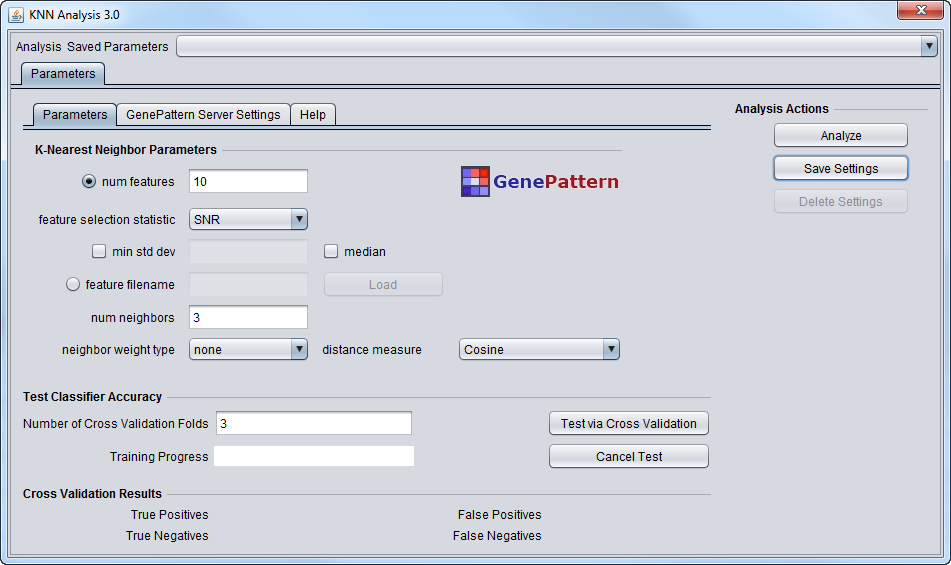
Laboratornie Raboti Po Delfi 7

Westeros: Total War is a modification for Medieval 2 Total War: Kingdoms. It is based on the 'A Song of Ice and Fire' (ASoIaF) novels by George R.R. No files were found matching the criteria specified. Medieval 2 total war westeros mod download deutsch 1. Westeros: Total War is a modification for Medieval 2 Total War: Kingdoms. It is based on the 'A Song of Ice and Fire' (ASoIaF) novels by George R.R. This is an Apha release by the previous team. This mod is plagued w. Hey guys and girls it is finally playable. After 8 long years of waiting the modder has released WTW 1.0 for everyone to enjoy! HOW TO INSTALL WESTEROS TOTAL WAR 1.0.
Name: Password: (New users click here) (I forgot my password) Subject: Message. Rowla > ぽよ様も言ってましたが、新しい釣り役の育成も大事ですね。 ジョブは限定されませんし(今回も黒が釣ったりナが.
Assign the integer variable h from the end of the third digit in the recording of a positive integer k (eg: k = 130985, then h = 9). Assign an integer variable d the first digit of the fractional part of a positive real number (for example, if x = 32.975 then d = 9). Assign the integer variable sum L 2 last digits of the integer part of a positive real number (for example, if x = 143.57, then L = 4 + 3 = 7). Find the product of the first 2 digits of the fractional part of a positive real number (for example, if x = 31.956, P = the 9 * 5 = 45).
Calculate the fractional part of the geometric mean of 3 set of positive numbers. Write a program that for a given A prints the following table: A kub.kor (A) the cube (A) cube (A) kub.kor (A) A 7.
The values of the lettered variables C0, C1, C2, are the numbers. Assign the integer variable number L made up of these numbers (C0 = ´1´, C1 = ´3´, C2 = ´5naprimer, then L = 135) 8. Assign a literal variable C0, C1, C2, left, middle and right digit 3 digit number k. Using lettered output value display 4-digit positive integer. Given the 3-digit negative number. Using lettered input, enter it character by character, and assign an integer variable k. The sequence of letters having the form: d1 + d2-d3 * d4 (di, i = 1,4 - digits).
Calculate the value of expression. Using only lettered input, enter the real number, described as -dd.dd, and assign it to the real variable x. Using only lettered input, enter the real number, written in the form: d.ddE-d, and assign it to the real variable y. Display 4-digit negative number as a sequence of characters.
The researchers' attack, though already patched, demonstrates how hackers can tie together a devious collection of tricks to create an intricate multistep penetration technique that works against even a relatively secure gadget like the Echo. Software hack pulsa 3. They start by taking apart an Echo of their own, removing its flash chip, writing their own firmware to it, and re-soldering the chip back to the Echo's motherboard.
This study examined the nature of science (NOS) views of lower elementary grade level students, including their views of scientists. Participants were 23 third‐grade African American students from two Midwest urban settings. A multiple instrument approach using an open‐ended questionnaire, semi‐structured interviews, a modified version of the traditional Draw‐A‐Scientist Test ( DAST), and a simple photo eliciting activity, was employed. The study sought to capture not only the students' views of science and scientists, but also their views of themselves as users and producers of science. The findings suggest that the young African American children in this study hold very distinct and often unique views of what science is and how it operates. Included are traditional stereotypical views of scientists consistent with previous research.
Additionally, participants expressed excitement and self‐efficacy in describing their own relationship with science, in and outside of their formal classrooms. Implications for teaching and learning NOS as it relates to young children and children of color are discussed. © 2011 Wiley Periodicals, Inc. J Res Sci Teach 49: 1–37, 2012.
The present study seeks to contribute to efforts in science education to make science equitable for all students by focusing on one of the most fundamental aspects of science: nature of science (NOS). In particular, this study investigates young African American students' views of the NOS. NOS can be generally defined as the epistemology of science or the values and beliefs inherent in the development of scientific knowledge (Lederman, ).
Operationally this includes, an individual's beliefs about, how scientific knowledge is constructed; where scientific knowledge originates; who uses science (including scientists); who produces scientific knowledge; and most importantly, where the individuals places themselves within the community of producers and users of science. An established line of research connects a student's understandings of the NOS and his/her science literacy (e.g., Crumb,; Jungwirth,; Meichtry,; Tamir,; Trent,; Welch & Walberg, ). The American Association for the Advancement of Science defines a scientifically literate individual as, One who is aware that science, mathematics, and technology are interdependent human enterprises with strengths and limitations; understands key concepts and principles of science; is familiar with the natural world and recognizes both its diversity and unity; and uses scientific knowledge and scientific ways of thinking for individual and social purposes (AAAS,, p. Determining an individual's prior cognitive status is a fundamental and necessary step involved in any inquiry‐based constructivist pedagogy. As a result, findings to date generated via NOS research are in reality a procedural means of accessing prior knowledge from the individuals investigated. This is especially pertinent given that these findings constitute an important cornerstone used in developing the K‐12 science curricular agenda (Knapp, ). By not insisting upon an inclusive and diverse population in NOS research, we again place the same students in the same disadvantageous position to fail (McLaughlin, Shepard, & O'Day, ).